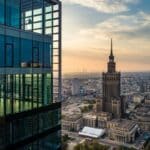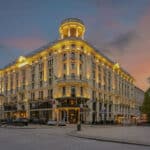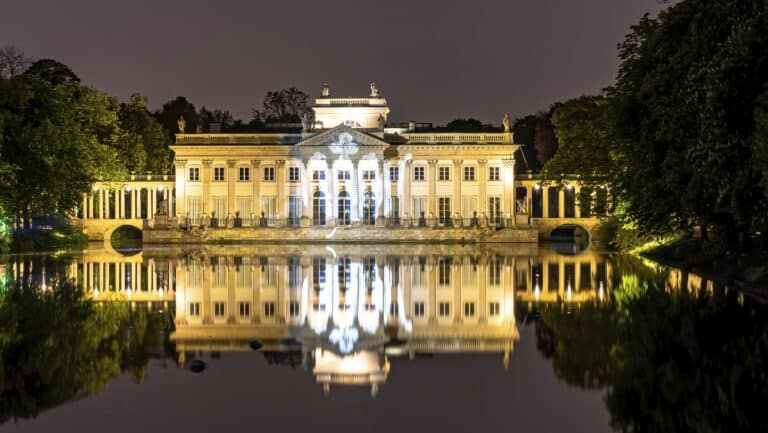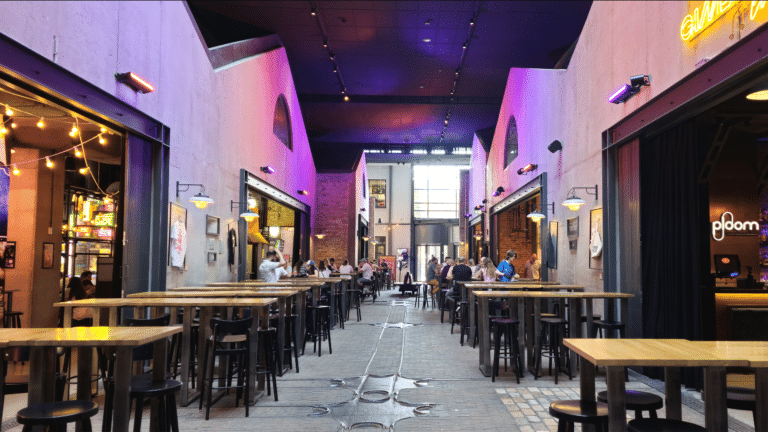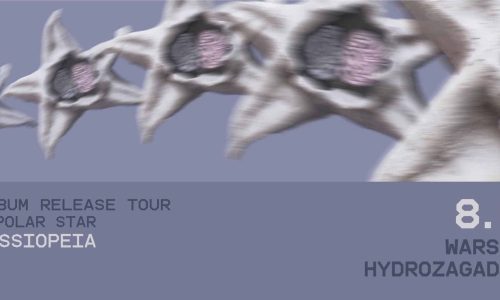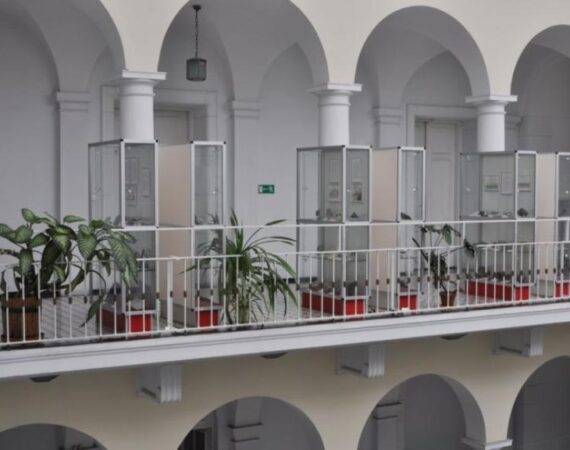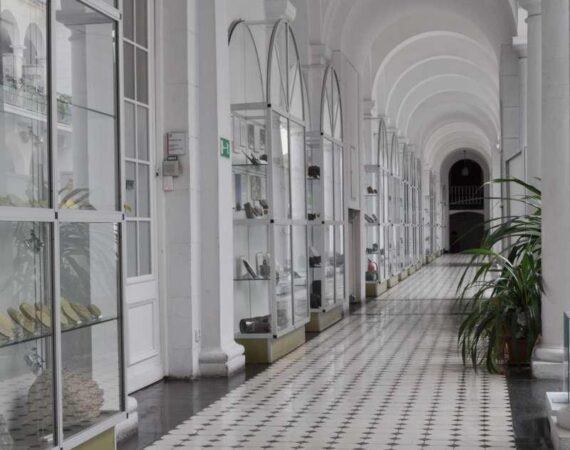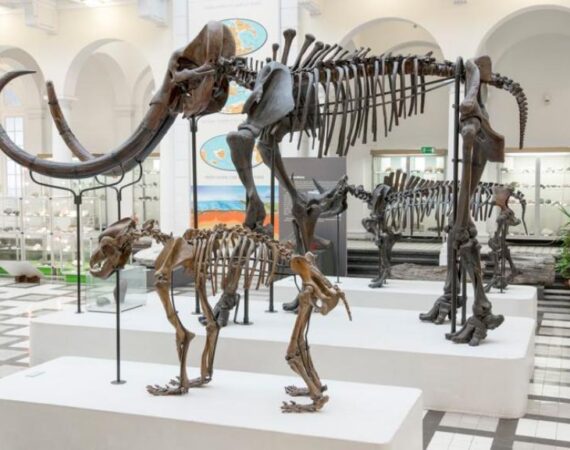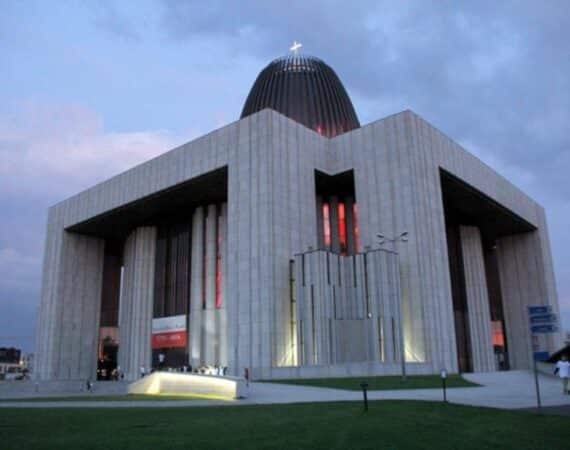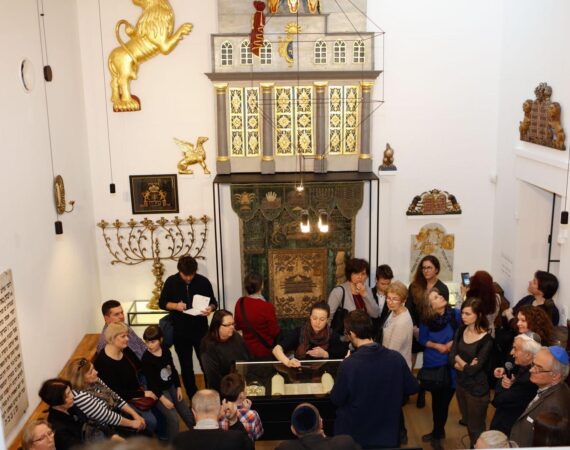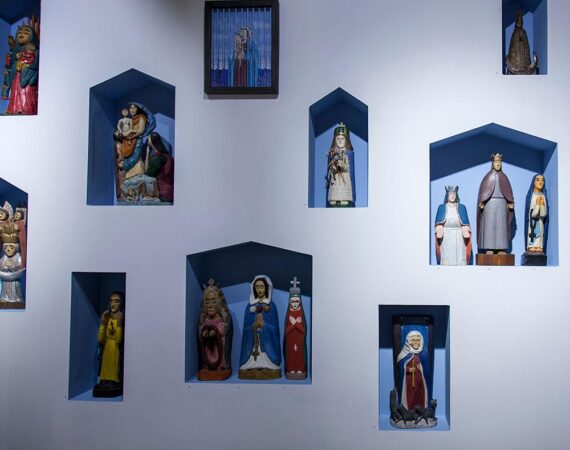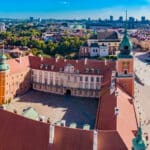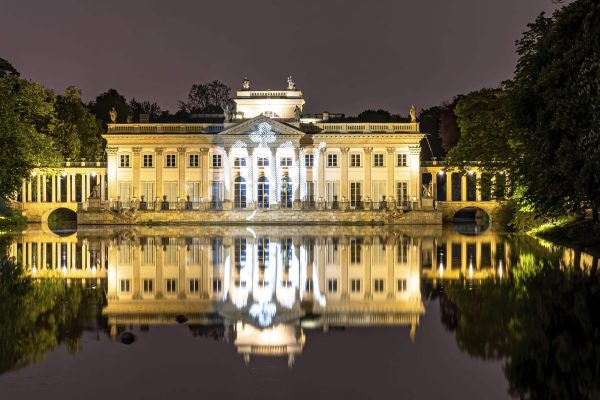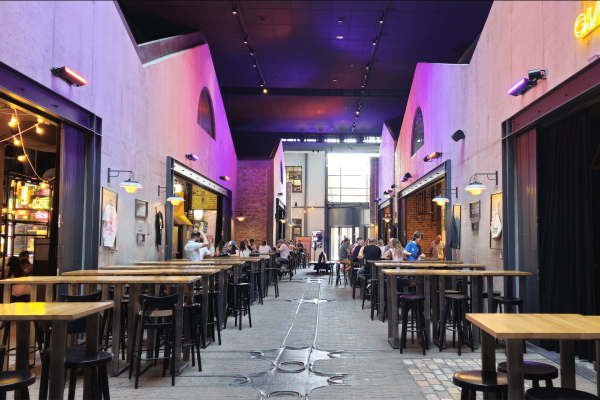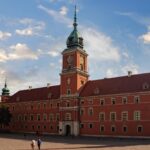Metamorphism is a set of processes that cause a change in the mineral composition and structure and texture of rocks, usually occurring in the deeper levels of the Earth's crust, under the influence of changes in physical and chemical conditions such as pressure or temperature. Due to geological conditions and the extent of occurrence, several types of metamorphism can be distinguished. These are described in detail in the exhibition "Metamorphism"
Exhibition "Magmatism"
Magmatism is the totality of processes involved in magma formation, movement and transformation. These processes occur either deep within the Earth (plutonism) or at or near the surface (volcanism). These phenomena are described in the exhibition 'Magmatism'.
Exhibition "Mineral Raw Materials of Poland"
In the pursuit of his life's needs, man makes use of mineral resources. Each stage in the development of mankind is associated with new discoveries and inventions, which directly or indirectly rely on the earth's riches. And it is not surprising that historians make the initial stages of cultural development dependent on the ability to use them, reflecting the division of pre-historic history....
Exhibition "Geological history of Poland"
The exhibition in the main hall of the Museum presents the geological history of the Polish area, from the Archaic to nearly modern times. The showcases in which specimens of individual systems are presented are colour-coded with colours used as standard in stratigraphic tables and on geological maps. The exhibition presents general information about each era and period, typical fossils ...
Exhibition "Fossil World"
Fossils are the remains of ancient plants and animals that have been preserved to our times, as well as traces of their life activities. The process of transformation of a living organism into a fossil is called fossilisation and can take millions of years. The exhibition presents groups of animals that are of great importance from a geological point of view.
Exhibition at the Museum of John Paul II and Primate Wyszyński
The main exhibition of the Museum of John Paul II and Primate Wyszyński is being built in the ring surrounding the dome of the Temple of Divine Providence. It is located at a height of 26 metres (the eighth floor) and covers an area of around 2,000 square metres. The exhibition tells the story of the Museum's two patrons - John Paul II and Primate Stefan Wyszyński - against the background of...
Small Synagogue on Tłomackie Street" exhibition
The exhibition takes a closer look at the synagogue, its most important buildings and the functions of people, including the rabbi, cantor and shamash. It is aimed at everyone - especially those who have not been to a synagogue before or would like to add to their knowledge of the place. The exhibition presents the basic furnishings of a traditional synagogue. Visitors can see more than thirty items saved from...
Exhibition "Biblia Pauperum"
A peasant's interpretation of the Bible combined with a folk understanding of the world yields extremely creative imagery. In the exhibition, you will learn why it rains when a spider is killed, why a swallow has red feathers on its head and why a stork eats frogs. A reflection of these beliefs, as well as religious practices, is the colourful but simple in form non-professional, folk and art-brut art.
Exhibition "JAZZ DECADES, 1920s, 1930s"
The exhibition is based on Krzysztof Karpiński's book "Był jazz, krzyk jazzbandu w międzywojennej Polsce". It presents the most interesting facts about the history of jazz in pre-war Poland illustrated with archival photographs of artists, bands, places and documents related to the history of jazz.










